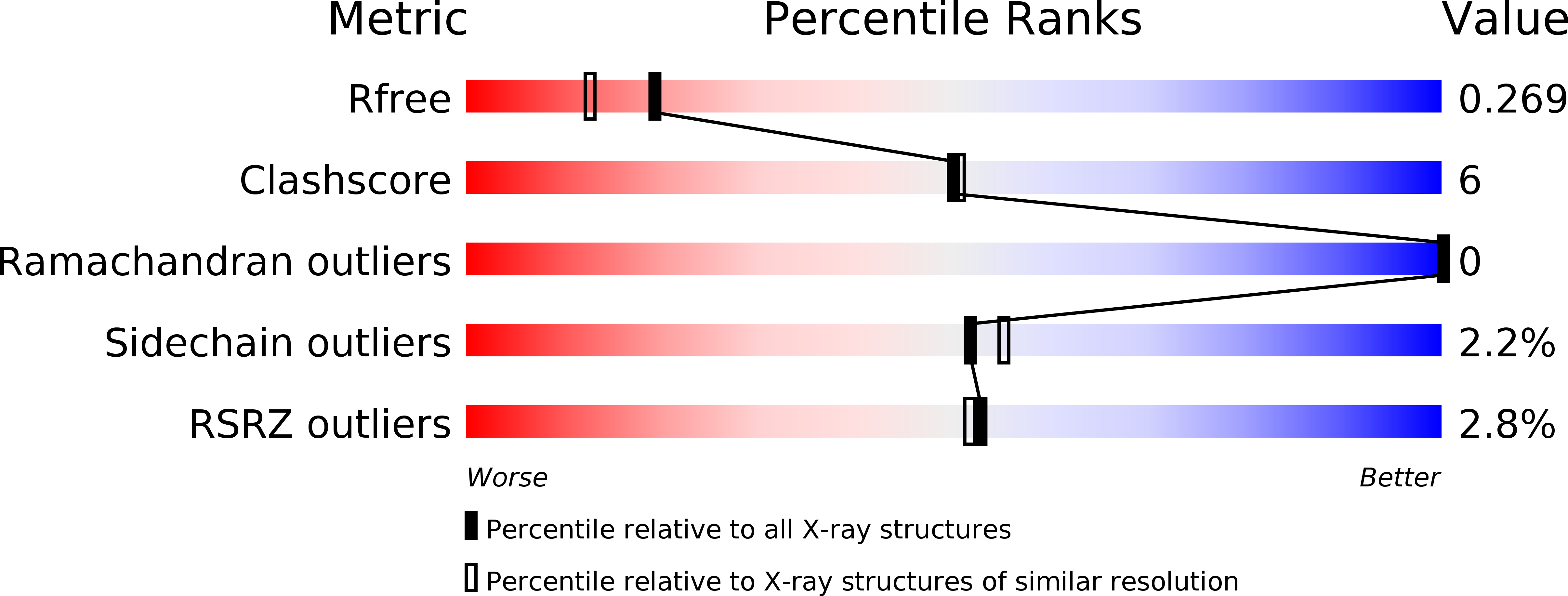
Deposition Date
2004-10-29
Release Date
2005-05-24
Last Version Date
2024-11-06
Entry Detail
PDB ID:
1XW4
Keywords:
Title:
Crystal Structure of Human Sulfiredoxin (Srx) in Complex with ADP
Biological Source:
Source Organism:
Homo sapiens (Taxon ID: 9606)
Host Organism:
Method Details:
Experimental Method:
Resolution:
2.00 Å
R-Value Free:
0.27
R-Value Work:
0.21
R-Value Observed:
0.22
Space Group:
P 32 2 1


